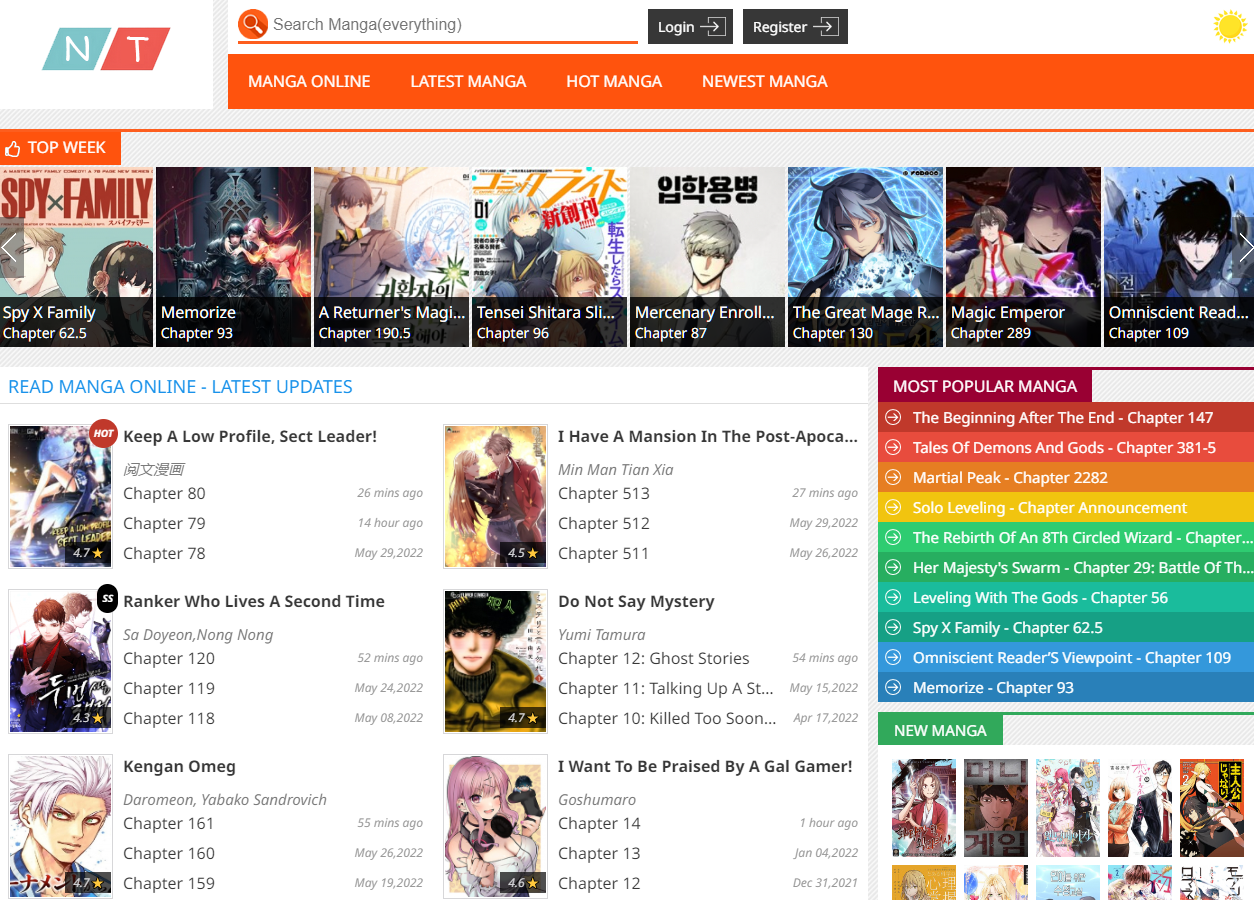🌟 Dịch Vụ Chất Lượng Cao 🌟
✓ 301 Redirect: Chuyển hướng domain an toàn, giữ nguyên giá trị SEO
✓ Guest Post: Đăng bài chất lượng trên các website uy tín
✓ Hỗ trợ tư vấn 24/7
✓ Báo giá cạnh tranh
✓ Thời gian xử lý nhanh chóng
📱 Liên hệ ngay qua Telegram: @subdomaingov
⚡ Hỗ trợ tư vấn miễn phí
The Little Prince In The Next Life
₫7.206.152
The Little Prince In The Next Life © Tips: How to Find Trending Stories Fast
Product description
Discovering the Enigmatic World of Manga Summary Clover (Clamp) - Explore the Intricate Tapestry of Characters and Themes
The Manga summary Clover (Clamp) is a fascinating exploration of a universe filled with rich storytelling and intricate character development. This unique manga series, created by the renowned all-female artist group CLAMP, transports readers into a world where dreams and reality intertwine. With its captivating narratives and breathtaking artwork, "Clover" stands out as one of their most ambitious projects.
In this article, we will delve deep into the various aspects of "Clover," including its creation, characters, themes, artistic style, and the impact it has made on readers worldwide.
The Genesis of Clover: Understanding the Creation Process
"Clover" was born from the minds of CLAMP, an influential group in the manga industry known for their distinctive styles and storytelling prowess. Their innovative approach to manga has led to countless iconic series, but "Clover" holds a special place due to its complexity and introspective narrative.
The Inspiration Behind Clover
CLAMP's inspiration for "Clover" came from a blend of fairy tales, dream logic, and philosophical musings. They were captivated by the concept of fate and free will, and how these intertwined with one's identity. The use of four leaf clovers as a central motif represents luck and hope, which are pivotal themes throughout the series.
The creators intended to weave together a narrative that explores individual struggles and societal pressures. By grounding the story in a fantastical realm, they could challenge conventional ideas while inviting readers to reflect on their own lives. The lush landscapes and surreal elements serve as metaphors for the characters' internal battles.
Artistic Style and Presentation
One cannot discuss the Manga summary Clover (Clamp) without mentioning the stunning visuals that accompany the storyline. CLAMP's signature art style features elongated figures, delicate lines, and intricately detailed backgrounds. Every page is a visual feast that invites readers to get lost in the world they’ve crafted.
The use of color is deliberate and carefully considered. In "Clover," colors often signify emotional states or significant plot points. For example, muted tones might depict despair, while vibrant hues may represent hope or rejuvenation. This aesthetic choice enhances the reader’s connection to the characters and their journeys.
Narrative Structure and Pacing
The narrative structure of "Clover" departs from conventional storytelling forms. The pacing can be slow, allowing for contemplation and emotional resonance. CLAMP’s decision to use vignettes instead of a linear progression enables readers to digest the complexities of each character and situation fully.
This unconventional approach allows space for deeper exploration of themes such as identity, belonging, and the search for meaning. By presenting fragmented memories and dream-like sequences, the authors evoke a sense of nostalgia and longing, drawing readers into the characters' minds.
The Heart of Clover: Character Analysis
At its core, "Clover" is driven by its diverse cast of characters, each representing different facets of human experience. These characters grapple with their emotions, desires, and conflicts, making them relatable and deeply engaging.
The Protagonist: Suu and Her Journey
Suu, the main character, embodies innocence and hope. As a girl with the ability to manipulate dreams, she symbolizes the potential within every individual to shape their reality. Her journey reflects the struggle between following one’s path and the external influences that attempt to dictate one's fate.
Suu's interactions with other characters reveal her growth as she learns the importance of understanding others’ perspectives. Her kindness and resilience make her a beacon of hope in a world often overshadowed by despair. Readers find themselves rooting for her as she navigates through challenges and confronts her fears.
The Supporting Cast: Layers of Complexity
Alongside Suu are characters like Kazuhiko and the enigmatic trio of the "Clovers." Each character embodies different traits and challenges, adding depth to the narrative. Kazuhiko serves as a mentor figure, guiding Suu while grappling with his internal demons.
The three Clovers represent aspects of personality: the child, the adult, and the guardian. Their relationships with Suu create a complex web of interactions, showcasing how people influence one another’s paths. This dynamic emphasizes the series' theme of interconnectedness and the impact of friendship.
Symbolism and Archetypes
The characters in "Clover" are rich in symbolism and align with various archetypes found in literature. They act as mirrors reflecting the struggles many face in real life—be it the quest for identity, familial expectations, or the pursuit of happiness.
By utilizing archetypal figures, CLAMP skillfully crafts a narrative that resonates on both personal and universal levels, allowing readers to glean insights from the characters’ journeys. This layered storytelling invites reflection and relatability, making the manga not only entertaining but also thought-provoking.
Major Themes in Clover: A Deep Dive
"Clover" is replete with themes that invite readers to ponder life's complexities. Through its narrative and characters, the series addresses fundamental questions about existence, belonging, and the nature of dreams.
The Concept of Fate vs. Free Will
Central to the Manga summary Clover (Clamp) is the tension between fate and free will. The characters often grapple with their predetermined paths and the choices they make, leading to profound questions about autonomy and self-determination.
The notion of fate is visually represented through symbols like the clover, often associated with luck. Yet, the unfolding events suggest that while external forces may influence outcomes, individuals ultimately hold the power to decide their destinies. This duality sparks an exploration of personal responsibility and the ramifications of one’s actions.
Identity and Self-Discovery
Another prominent theme in "Clover" is the search for identity. Characters embark on journeys of self-discovery, facing societal expectations and inner turmoil. The narrative challenges the idea of a fixed identity, suggesting that individuals are constantly evolving.
Through Suu’s experiences, readers witness the significance of embracing one's true self, even amidst adversity. This quest for authenticity resonates with many, particularly those navigating the complexities of modern life, making it an enduring theme that transcends cultural boundaries.
Friendship and Connection
The bonds forged between characters in "Clover" highlight the importance of friendship and connection. It illustrates how relationships shape individuals and influence their trajectories. The interactions among Suu, Kazuhiko, and the Clovers demonstrate the transformative power of empathy and support.
As the characters face their challenges, they lean on one another, emphasizing the idea that nobody is truly alone. This uplifting message encourages readers to value their connections and seek solace in their communities during difficult times.
FAQs about Manga Summary Clover (Clamp)
What is the main premise of "Clover" by CLAMP?
The main premise revolves around Suu, a girl who possesses the ability to manipulate dreams. The story delves into her experiences and relationships, exploring themes of identity, fate, and the significance of connections with others.
Why is "Clover" considered unique among CLAMP’s works?
"Clover" is unique due to its non-linear narrative, deep philosophical themes, and captivating art style. The integration of dream-like elements and vignettes sets it apart from other manga, offering readers a contemplative experience.
Who are the key characters in "Clover"?
Key characters include Suu, the protagonist; Kazuhiko, her mentor; and the three Clovers, representing different aspects of identity. Each character plays a vital role in driving home the narrative’s themes and emotional depth.
What are the major themes explored in "Clover"?
Major themes include the tension between fate and free will, the quest for identity and self-discovery, and the importance of friendship and connection. These themes resonate with readers, making the story relatable and thought-provoking.
How does the art style contribute to the overall experience of "Clover"?
The intricate art style elevates the storytelling by creating a visually immersive experience. The use of color, line work, and detailed backgrounds enhances emotional moments, allowing readers to connect with characters on a deeper level.
Conclusion
In conclusion, the Manga summary Clover (Clamp) offers an enthralling exploration of the human experience through its rich storytelling, compelling characters, and thought-provoking themes. CLAMP’s masterful artistry complements the narrative, creating an immersive world that invites readers to reflect on their own lives and relationships.
As we navigate our paths filled with uncertainties, "Clover" serves as a reminder of the importance of hope, self-discovery, and the power of connections. It is a timeless tale that continues to resonate with audiences, proving that even the most complex journeys can lead to profound revelations. Embrace the enchanting world of "Clover" and let its messages linger as you embark on your own adventures.
Read Full: manga online







